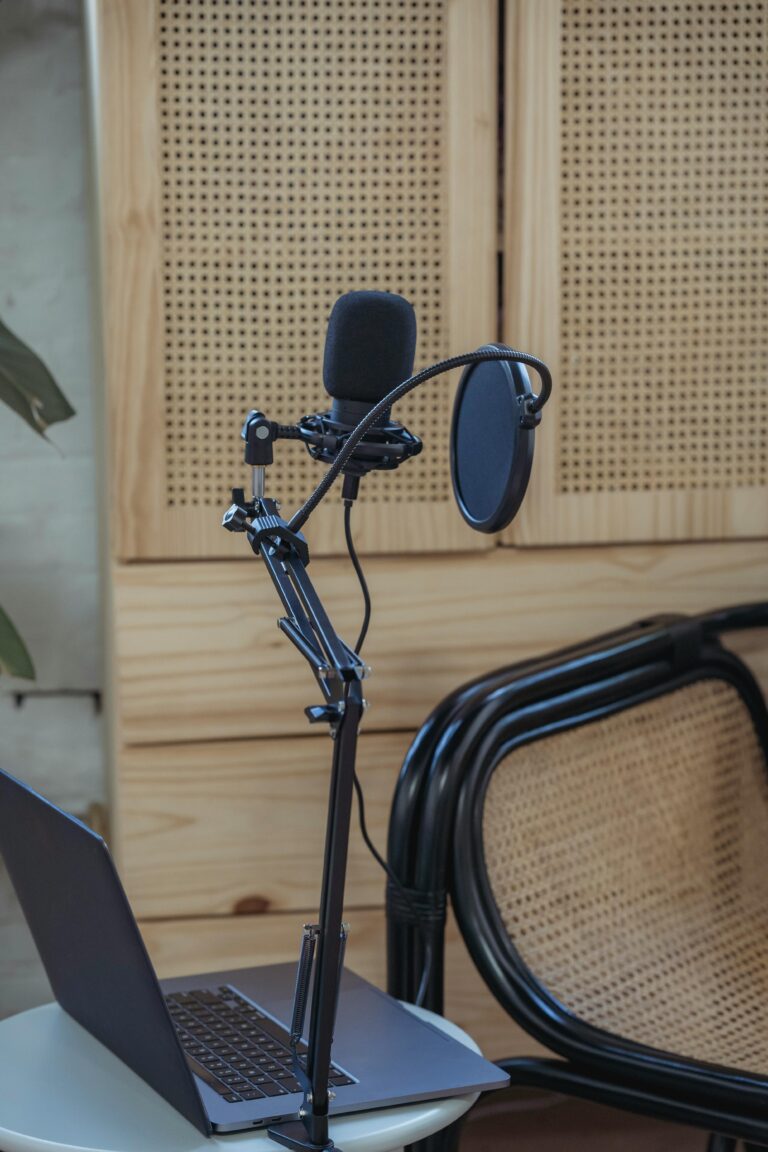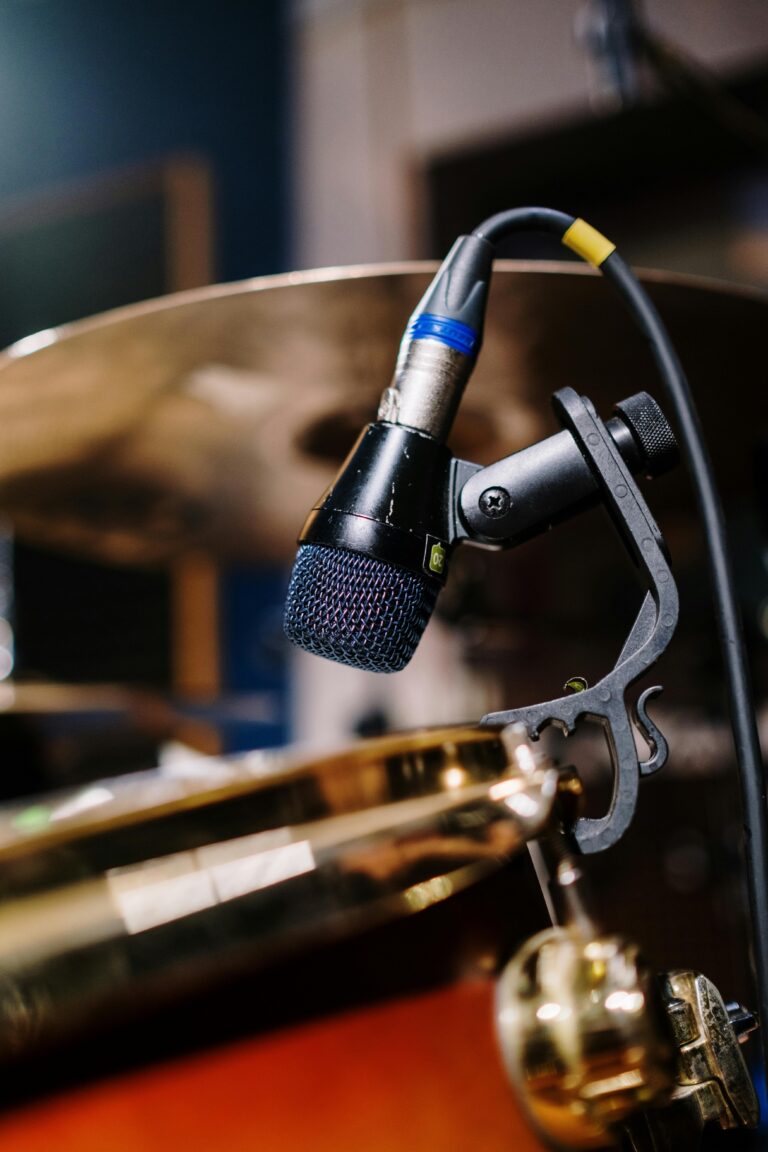
An acoustic sound test
An acoustic sound test is a method used to measure the sound insulation performance of a structure, room, or building. It evaluates how well sound is absorbed, reflected, or transmitted through materials. These tests are crucial for assessing compliance with soundproofing and noise control regulations, especially in homes, offices, schools, and hospitals.
There are several types of acoustic sound tests:
Airborne sound tests: Measure how well walls, floors, and ceilings block sound traveling through the air (e.g., conversations, music).
Impact sound tests: Measure the transmission of sound caused by impacts, like footsteps or moving furniture.
Reverberation time tests: Measure how long sound persists in space after the source has stopped, determining the room’s acoustic quality (important in studios or auditoriums).
These tests are performed using specialised equipment, such as loudspeakers, tapping machines, and microphones, to generate and capture sound levels for analysis. The results help improve soundproofing design and ensure compliance with building standards.
To conduct an acoustic sound test, you’ll need specialised equipment, specific procedures, and often, adherence to building regulations (like the UK Building Regulations Part E). Here’s a step-by-step guide for conducting an acoustic sound test.
Equipment you will need to complete the test
A loudspeaker for airborne sound tests or a tapping machine for impact tests.
Devices that measure sound pressure levels at various frequencies.
Ensures your sound level meter is reading accurately.
Measures noise levels in dB (decibels).






